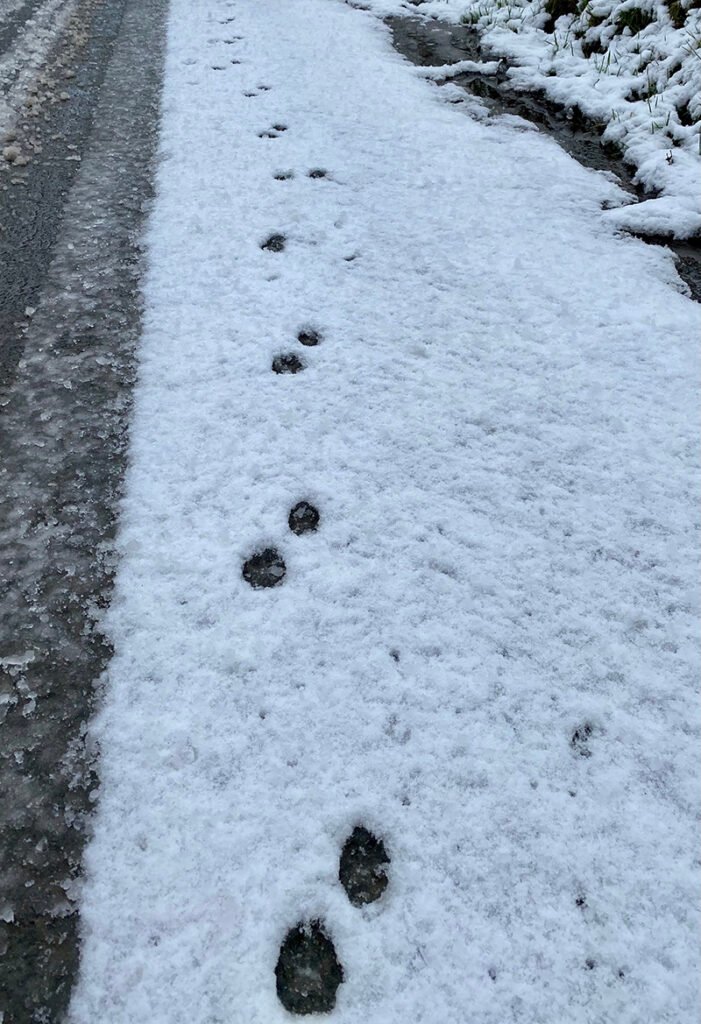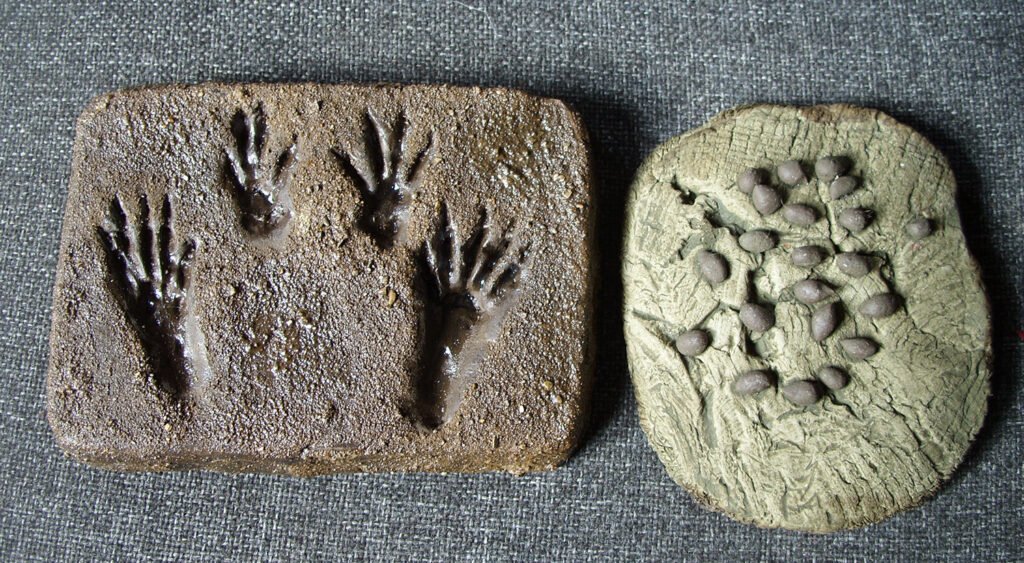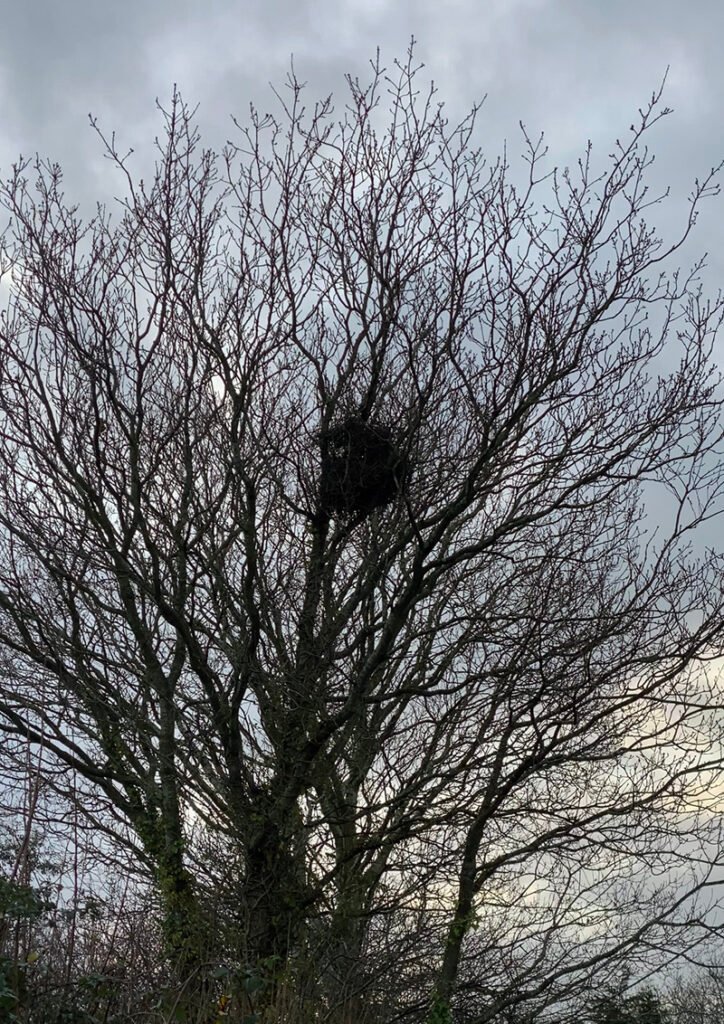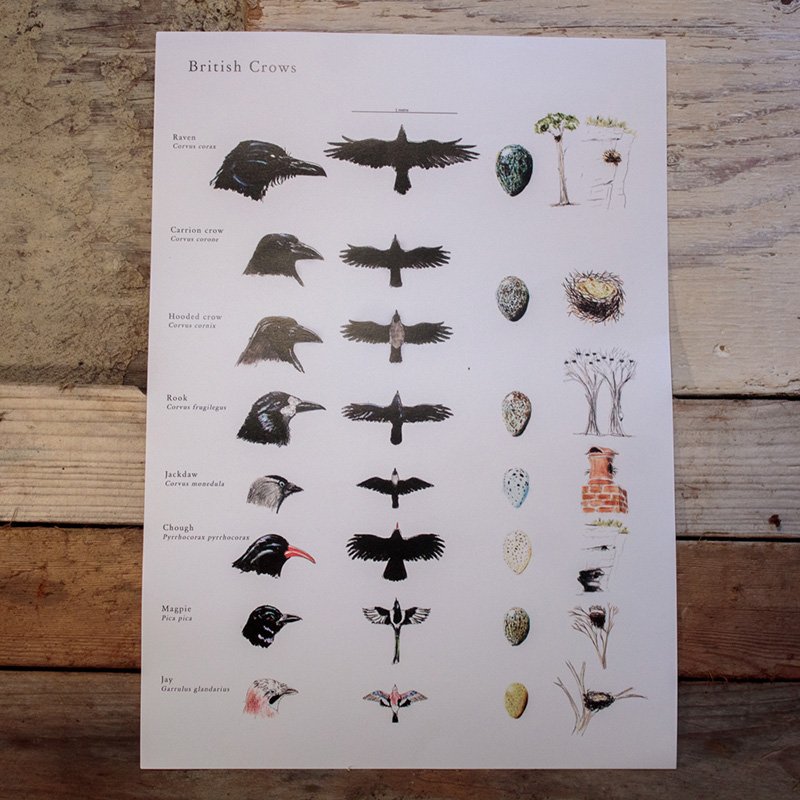Signs of Spring
As the juggernaut of Christmas goes rumbling past, many people start talking about signs of spring. Now, you may not agree with me about this but I say HOLD-ON…. STOP FOR A MOMENT. Let’s take some time to appreciate winter.
Whilst I live with the seasons and love the spring time, I like to make the most of the winter too. If I had to favour any season, it would probably be the winter. From a naturalist’s point of view – the only view I have – and especially for a young naturalist, these long nights make the night time itself, more accessible. Owls can be heard before teatime and owls love the winter too.
Our time in the shadows
As the autumn equinox rumbles in we get an awesome reminder, that we are on a rock, in the massive realm of space, bowing to the sun once a year. And this is our time in the shadows. I spent time in boarding school. We were like creatures of the night, always with an eye on that moment when the teacher or matron took their light off us and we could be ourselves. For most, creative projects would slide out from hidden orifices ready to be snatched back out of view when the look out called “KV” (Cave) to warn that someone was coming.
This is how I see the mammalian world. Focussed on smell and sound and with no need for the light or warmth of the sun. They avoid predatory birds and people by creeping out in the dark with ears pricked, noses twitching and whiskers tingling for sensations of a world we can barely imagine. To know that world would be magical. Butterflies, hedgehogs, dormice, bats and many amphibians and invertebrates, snuggle down for much of the winter. But we should not, as we have a chance to focus on those busy few. Additionally, in the few short hours of daylight, the sleeping trees have given opportunities for wildlife watching by dropping their leafy shrouds.
Here are some of the pleasures of winter…
Mammals
There’s no business like snow business
A fresh fall of snow is an exciting time to go out and track mammals and birds and see what they’ve been up to very recently. Many use regular paths at regular times. They involuntarily give you a snapshot of their habits that will help you all year long. It’s not just footprints though. Fresh poo shows up really well. And occupied burrows (including) mole hills give away the presence of warm bodies within. The snow will not settle on them or melts prematurely.

Mud glorious mud
Snow is not essential for tracking mammals, mud can be just as good. Once you are free of, or familiar with, the prints of horses, dogs and domestic cats you can start to pick out the wildlife. Foxes leave dewdrop shaped footprints. They are smaller and tidier than most dogs and usually in a straight line. As if they are walking on a tight rope. It’s a busy time for foxes, as they’re pairing up at this time of year. So they’ll be out and about more. You may even hear their blood curdling call. Fox cubs are usually born around Easter.

Badgers and otters (like pine martens and other weasels), leave 5-toed prints. These tend to be quite broad because of their bear-like paws.
Squirrels footprints can usually be distinguished from rats by their size, but there are other clues. Squirrels hop more while rats walk or run so squirrel prints tend to be in pairs. On soft ground, the hind feet of squirrels leave a very hand like print and, side by side, they look as if an elf tripped over and saved themselves with both hands.

Being rodents, both squirrels and rats have 4 toes showing at the front and 5 at the back. But rats tend to follow regular runs, whilst squirrels go from tree to tree. They leave stronger larger claw marks, compared to the rat’s dainty toenails.
Look for disparity too. In rats, the almost star-shaped hand print is much smaller than the foot. While squirrel hands and feet are of a similar size. For smaller species, I suggest waiting around and see if the owner turns up, it’s a thrill when they do.
Birds
With the leaves gone, bird nests become much more obvious. Winter is a great time to map who nested where, as they are likely to do a similar thing in the coming year. The crows poster gives an idea of who’s nest you may be seeing.
Some birds use the same nest year after year. The most obvious are the greatly under appreciated rooks who, although in flocks, can often be seen in distinct pairs all winter long. Before they begin repairing their nests which are grouped together in rookeries. Magpie nests are also easy to spot as they add a roof. Most likely to protect themselves from predators.

You may not count yourself as a fanatical bird watcher or birder, perhaps put off by the expertise and fanaticism. Don’t be put off, just quietly go about your business. A quiet winter walk has advantages for seeing resident birds as well as winter migrants but it helps towards training your eye as well because you can rule out the small summer migrants.

My best views of goldcrests, wrens and long-tailed tits have always been in the winter because of the lack of foliage and their desperation to stay well fed and warm. I am drawn to ivy covered trees and evergreens (especially yew) as they provide refuge from wind and rain when such protection from other trees is gone. Here is the best place to see an owl in the daytime. Out in the fields look out for migratory thrushes such as fieldfare and redwing. Here in Wales winter is the time of great murmurations of starlings, rooks and lapwings.
Insects
If your New Year resolution was to get better at identifying moths, there is probably no better time to start than January when the Winter Moth is just about the only moth in flight. Although they are hated as pests of orchards, they are winter food for many birds (and even bats in warm spells) when there is nothing much else about. These are the moths most likely to flutter past the car headlights at this time of year. But they are all male. The females are spidery beings with shrunken wings who climb up tree trunks and wait for their airborne suitors to arrive following the ribbon of pheromone rich scent she emits into the winter night air.

The other ‘famous’ winter moth is the December moth. I can’t get anyone interested in them in their nominal month because of the Christmas panic but, they’re still around in January. They are chunky little dudes that will come to a light left on. If you shine a light onto a sheet hung outside on a reasonably pleasant evening, you may be surprised at how much turns up.
Meanwhile, the small eggar is just beginning to emerge and so starts the moth year. Despite its name, the small eggar is larger than the winter moth or December Moth and is much less commonly seen.
For me, the most obvious caterpillar of the winter, is that of the fox moth. This big hairy beauty is supposed to hibernate but seems to go sleep walking and we often see them on or near foot paths if the sun’s been shining. They sunbathe, but don’t feed having done all their feeding in the autumn and so the sunshine simply drives their metabolism towards mothdom. They feed on heather, bramble and willows (sallow) and become very pretty moths in the summer. The males really are fox coloured and have feathery antennae for detecting female pheromones over long distances.
A Peek in the Pond
If winter leaves you bereft of insects, a moment or two looking into a pond (even through ice) can usually provide some satisfaction. As water boatmen, or backswimmers, and water beetles are usually active. I don’t know how they do it in such cold conditions.

But the fact that they are predators, tells us that there is also prey about. It shows the importance of ponds year round as oasis of biodiversity, which are so important for surrounding wildlife.
Things to do in winter
Feed the birds – The RSPB advise on what to feed and when.

Build a bat box – The Wildlife Trust show you how
Dig a pond – take a look at the Freshwater Habitats Trust Website for lots of info.



